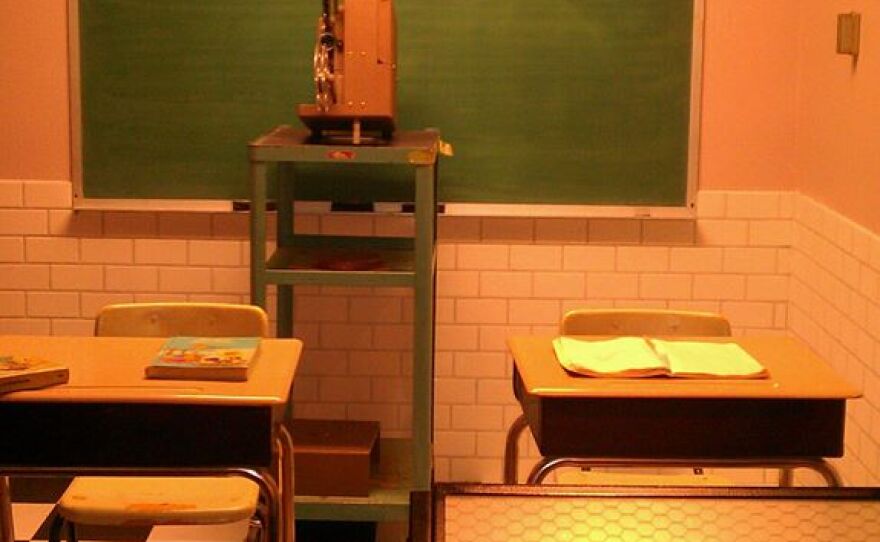
All year long on Alabama Public Radio we’re looking back on pivotal moments in the fight for civil rights. Many of the landmarks in the battle against segregation can voter discrimination are now tourist attractions. We have already looked at sites in Selma and Montgomery on Alabama’s Civil Rights Trail and now we head to Birmingham.
The first place we stopped was the old Birmingham jail where civil rights leader Dr. Martin Luther King Junior was held after being arrested during a protest. People gathered to see the unveiling of a historic marker showing this as the location where King wrote his famous “Letter from Birmingham Jail.” City and state officials were in attendance as well, but the keynote speaker was Dr. King’s daughter, Bernice King. She says having a marker outside the old jail helps people understand her father’s letter and can make the experience seem more real.
“It leads you, OK let me go and read about this letter. The letter, I think, speaks to all generations,” says King. “It speaks to all people, because even if the specific situation in Birmingham changed, as my mother said, struggle is a never ending process, freedom is never really won, you earn it and win it in every generation."
Not far from the site of the old jail is Kelly Ingram Park, this was a staging ground for many of the protests that took place in Birmingham, including what became known as the Children’s March. Across the street is the 16th Street Baptist Church. The one hundred forty year old church was seen by many as the headquarters of the movement in Birmingham. This caused it to be targeted by desegregation opponents who bombed the building in September of 1963. Arthur Price Junior is the current pastor of the church; he says four young girls were killed in the blast.
“They planted twenty-two sticks of dynamite, put some dirt over it, put a timer on it and it went off at 10:22 right as Sunday School let out and the children were changing for youth day cause it was youth Sunday,” Price recalls. “They were going to sing in the choir. So when the bomb went off, it caused such an impact that it killed four of the five girls in the bathroom.”
Price says the church brings in around forty thousand people who come to learn more about its history, and to see one of its more prominent features, “The Wales Window.” The stained glass window was built by Welsh specialist John Petts and was paid for by donations from children from Wales and dedicated in 1965 to the four girls killed in the bombing.
Across the street from the church is the Birmingham Civil Rights Institute. Ahmad Ward is the head of education and exhibitions at the institute. He says their obvious mission is the educate, but he says there is more to it than that.
“We have an unwritten goal to improve relations, between religions, races, creeds, gender. So besides our physical exhibition component,” says Ward. “We do a lot of programming, we have conference, we have teacher workshops, we provide outreach, we got out to schools and talk, and we cover a lot of different bases that all relates back to civil and human rights.”
Some of the exhibits are meant to be uplifting, while others are designed to be disturbing. One example is called “The Confrontation Room” where visitors hear racial epithets and see a full Ku Klux Klan robe in the back of the room.
The self-guided tour progresses through the Civil Rights Movement, from Montgomery, to Birmingham to Washington D.C. Ward says one of the most prized possessions of the institute is the door from Dr. Martin Luther King Junior’s jail cell from when we was arrested in Birmingham.
The Civil Rights Institute draws in nearly one hundred fifty thousand visitors a year from across the country and all over the world. They come to Alabama to see where the foot soldier and leaders of the Civil Rights movement marched and bled; were imprisoned and made their stand to ensure equal rights for future generations to come.
















